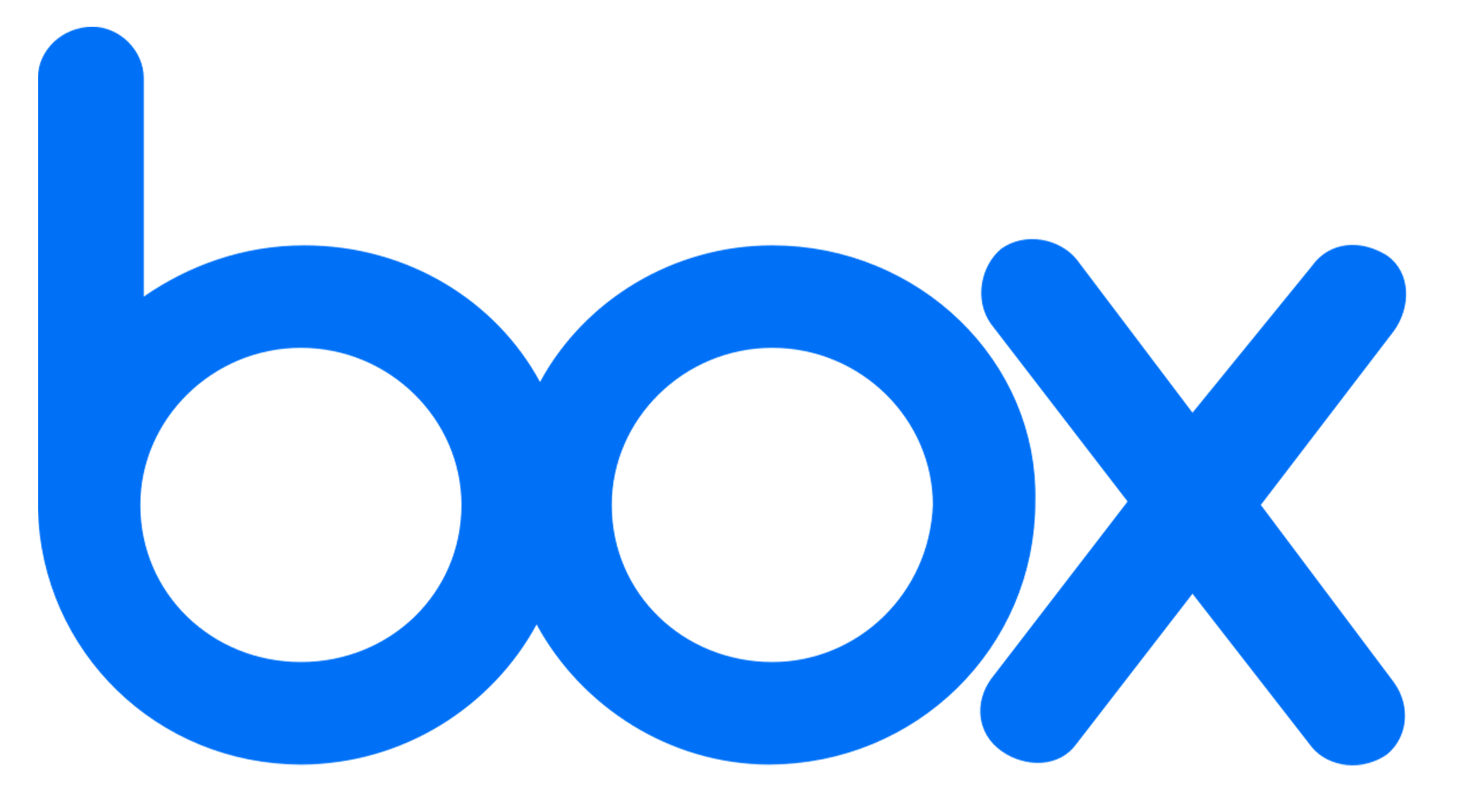
Mission: To make businesses more productive, competitive, and powerful by connecting people and their most important information.
Vision:
Be an owner. it"s your company too.: Box truly believes that the most epic dreams are possible. Don"t ever let anyone tell you that your ideas aren"t feasible. Own your ideas and take Box to new and exciting horizons.
Blow our customers" minds: Boxers wake up every morning and think about how they can make our customers happy. We"re always asking, "What can we do better?"
Bring your self to work: Box recruits a diverse group of people with interesting backgrounds and values and we wouldn"t have it any other way. You fill in the blank, and own who you are.
Take risks. fail fast. gsd.: We encourage everyone to take risks and move past slow decision-making. If we fail fast, we can correct mistakes quickly.
How to sort a list?
How to penalize seasonality and periods in a model?
Stage 1: Phone screen with hiring manager The questions were about model development in the traditional statistical sense and some Python questions.
Stage 2: At-home assignment Mainly SQL queries and some basic CS fundamentals like sorting.
Stage 3: Phone interview with the VP
Stage 4: Onsite interview
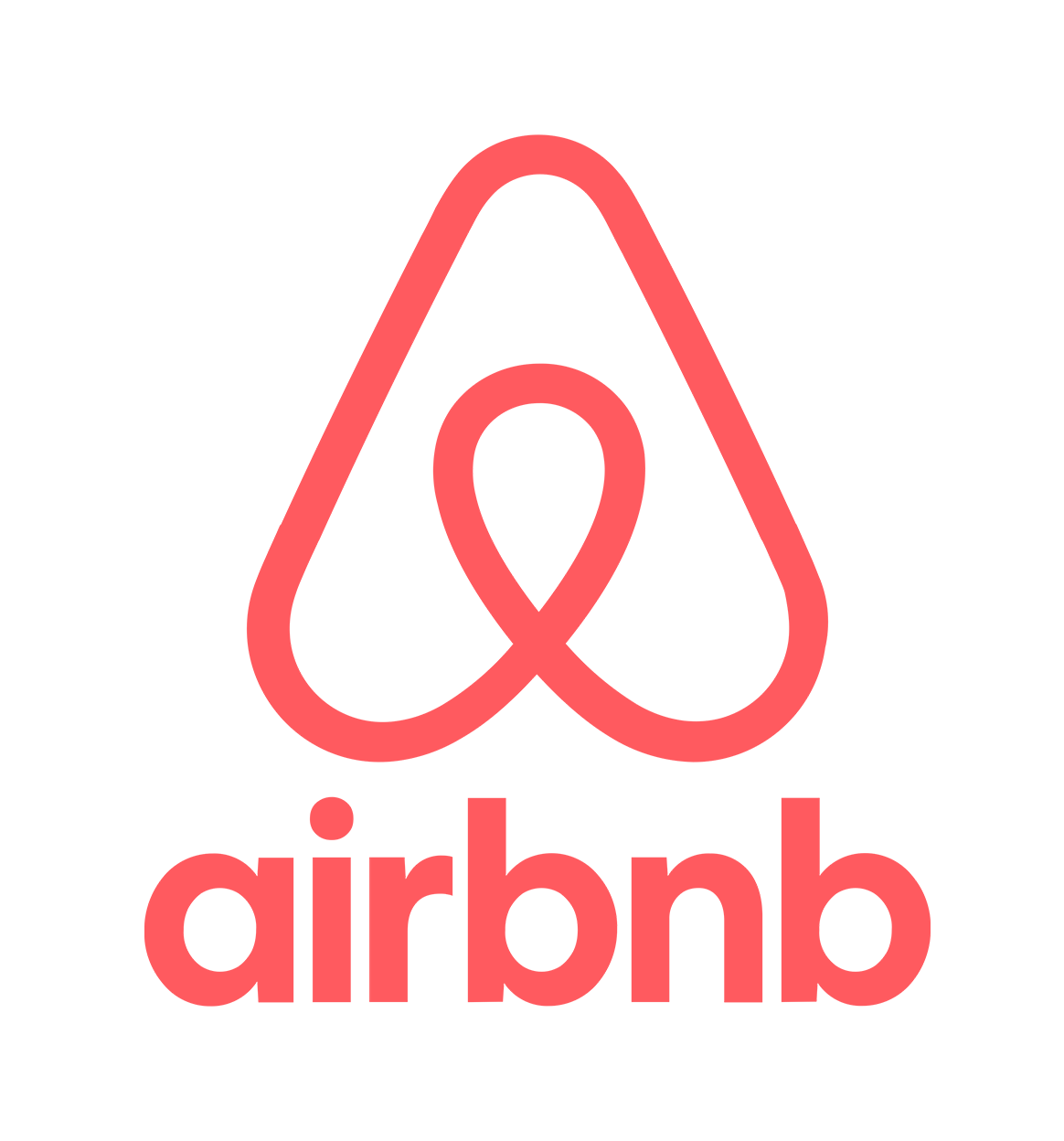

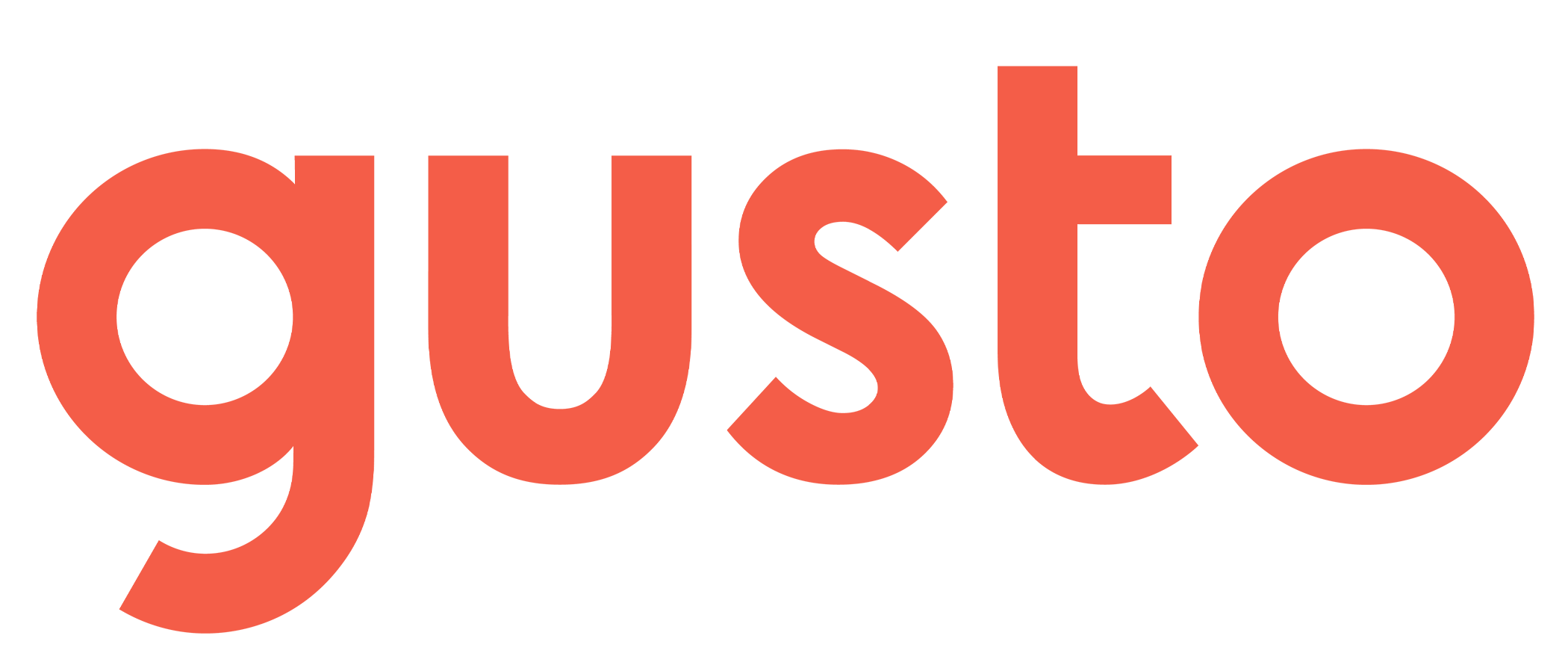


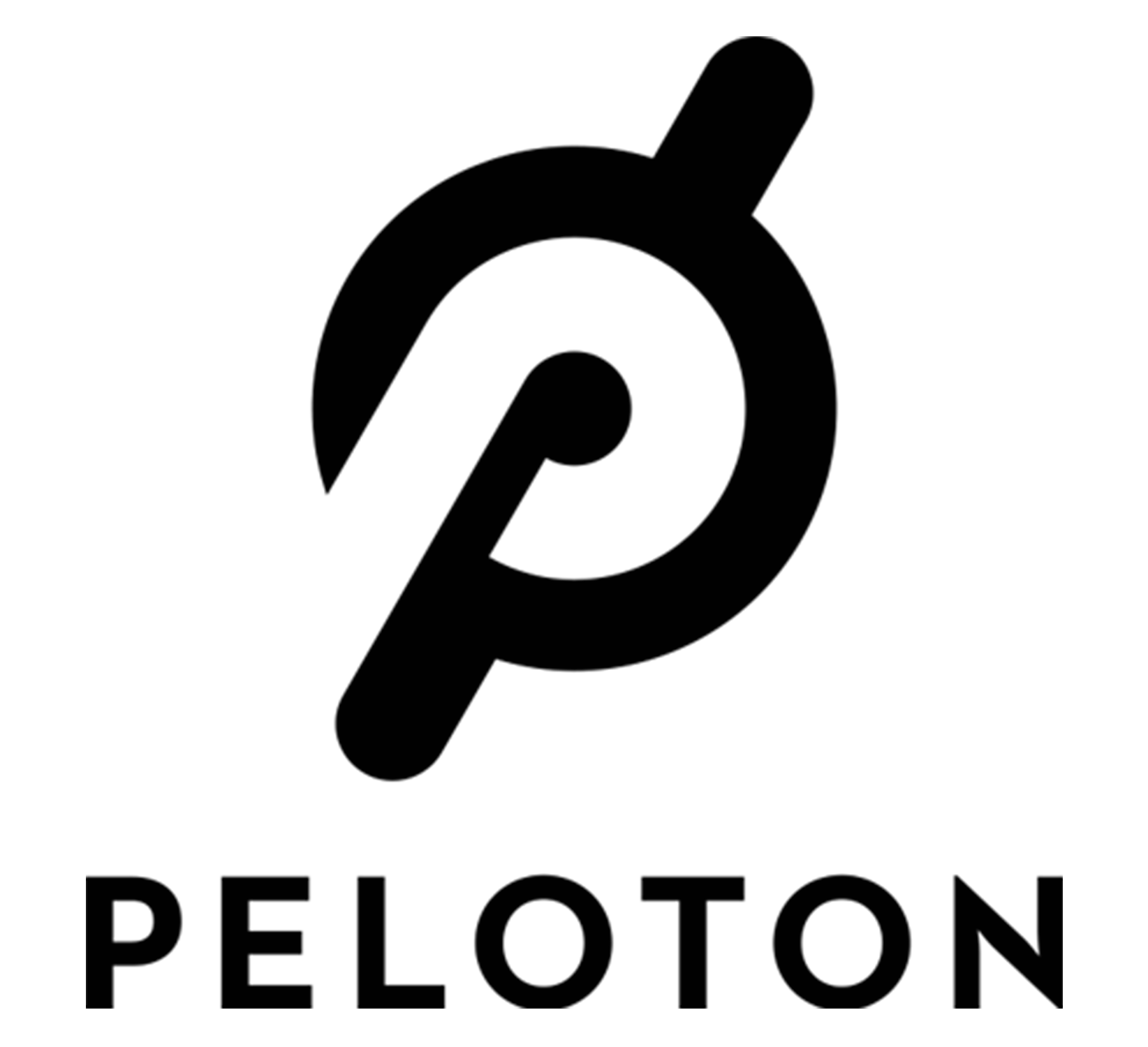
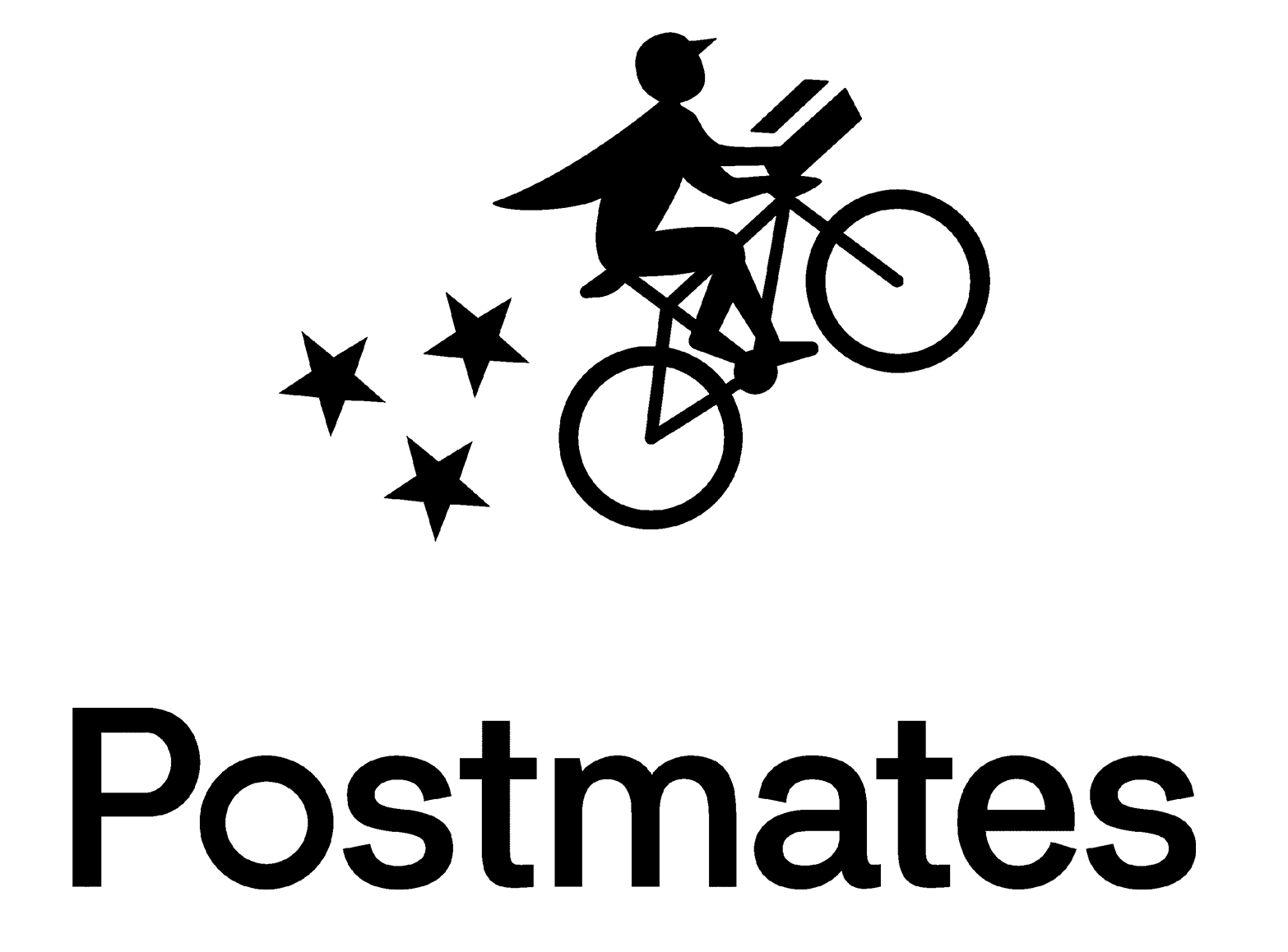
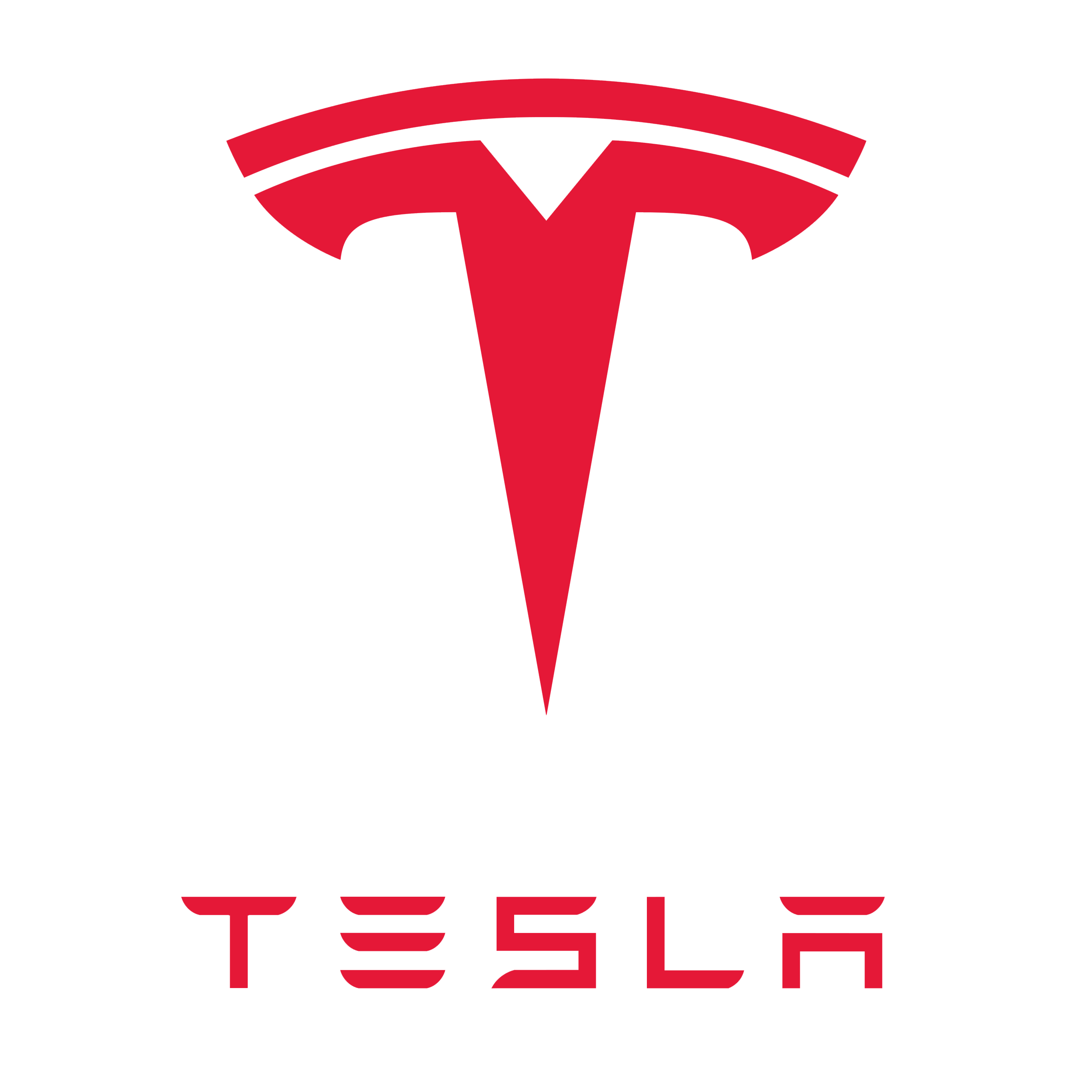
Pathrise is a career accelerator that helps people land their dream jobs. We regularly place our fellows at top companies like Apple, Amazon, and Meta. Our mentors have experience at companies like Apple, giving fellows the inside scoop on interview and company culture in 1-on-1 sessions.
We can’t guarantee you a job at a specific company like Apple. But we do guarantee you a great job–if you don’t accept an offer in 1 year, you pay nothing. Our income share agreement means you only pay with a percentage of your income at your new role.
Mentors work with fellows at every stage in search, helping them build the skills necessary to be the best candidate possible. Fellows in Pathrise usually see a 2-4x increase in application response rates, 1.5-3x increase in interview scores, and 10-20% increase in salary through negotiation.